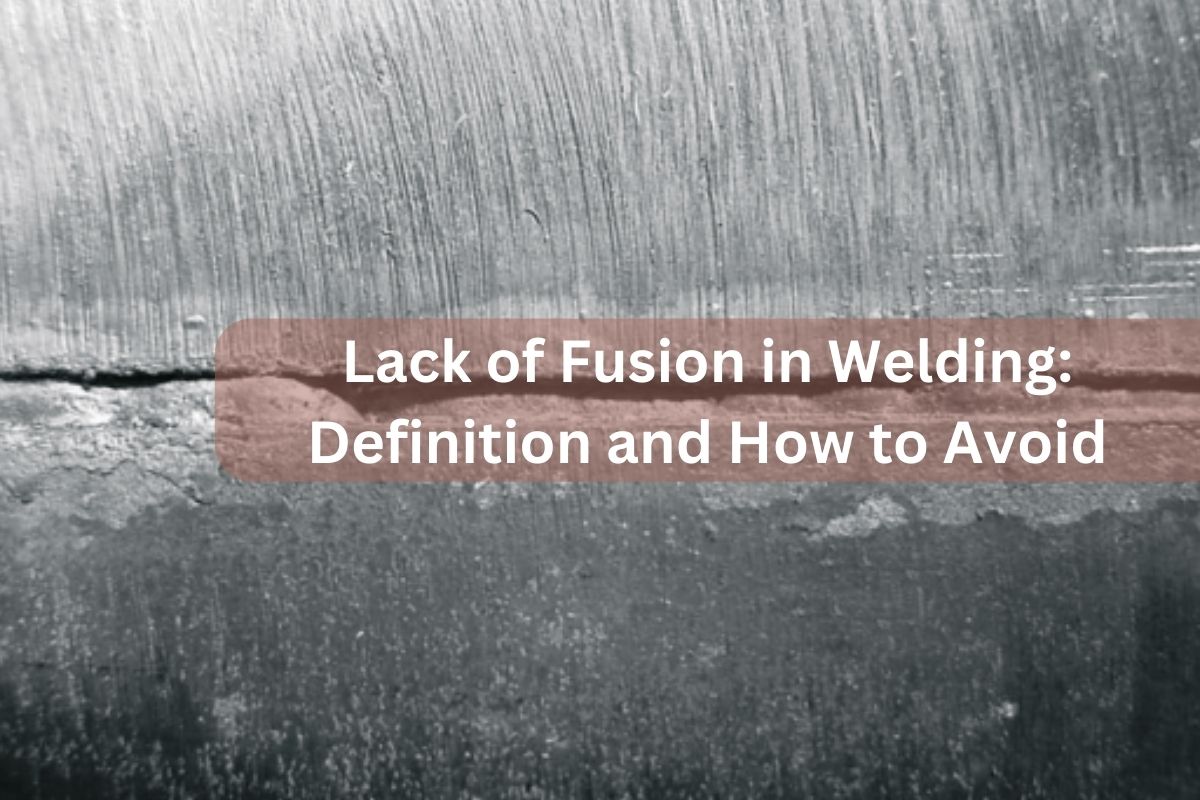Preventing Weld Undercut Made Easy: Secret Techniques Introduced
Preventing Weld Undercut Made Easy: Secret Techniques Introduced
Blog Article
Grasping the Art of Welding: How to Avoid Undercut Welding Issues for Flawless Fabrication Results
Efficiency and accuracy are vital on the planet of welding, where also the tiniest blemish can compromise the architectural stability of a made item. One usual difficulty that welders face is undercutting, a problem that can weaken a weld joint and lead to pricey rework. By recognizing the source of undercut welding and carrying out effective techniques to stop it, welders can elevate their craft to new degrees of quality (Preventing weld undercut). In the quest of remarkable manufacture outcomes, understanding the art of welding to prevent undercut problems is not simply an ability however a necessity for those pursuing perfection in their work.
Recognizing Undercut Welding

To prevent undercut welding, welders need to make sure appropriate welding parameters, such as changing the current, voltage, travel speed, and preserving the appropriate electrode angle. In addition, using the proper welding technique for the certain joint arrangement is necessary. Utilizing weaving movements or backstepping techniques can assist ensure appropriate weld steel deposition and lower the likelihood of undercut formation. Normal inspection of welds during and after the welding procedure is additionally vital to catch any type of undercut very early and make essential adjustments to avoid further flaws. Preventing weld undercut. By recognizing the sources of undercut welding and implementing preventive steps, welders can achieve top notch, structurally audio welds.
Reasons For Undercut in Welding
Recognizing the elements that add to damage in welding is vital for welders to produce top notch, structurally sound welds. Insufficient welding inaccurate or current welding speed can likewise add to undercut. Comprehending these causes and executing correct welding strategies can help stop damaging concerns, ensuring strong and sturdy welds.
Techniques to stop Undercutting

To alleviate the danger of undercutting in welding, welders can utilize calculated welding methods aimed at enhancing the quality and honesty of the weld joints. In addition, using the proper welding strategy for the certain joint setup, such as weave or stringer beads, can add to reducing damaging.
In addition, appropriate joint preparation, including making certain tidy base products devoid of pollutants and utilizing the proper welding consumables, is vital in protecting against undercut defects. Using back-step welding techniques and managing the weld grain account can also aid distribute warmth uniformly and reduce the danger of undercut. Regular evaluation of the weld joint during and after welding, as well as implementing quality control steps, can assist in detecting and addressing damaging problems promptly. By carrying out these strategies vigilantly, welders can attain perfect manufacture results with very little undercut issues.
Relevance of Appropriate Welding Parameters
Selecting and preserving ideal welding criteria is important for attaining successful welds with very little issues. Welding criteria refer to variables such as voltage, current, travel speed, electrode angle, and protecting gas flow rate that directly affect the welding process. These criteria have to be carefully adjusted based on the sort of material being bonded, its density, and the welding strategy used.
Correct welding parameters ensure the look these up appropriate amount of heat is put on thaw the base steels and filler product evenly. If the specifications are established too expensive, it can cause extreme warm input, triggering distortion, spatter, or burn-through. On the other hand, if the specifications are as well low, incomplete blend, absence of infiltration, or damaging may occur.
Quality Control in Welding Workflow

Final Thought
In final thought, understanding the art of welding calls for a comprehensive understanding of undercut welding, its causes, and strategies to avoid it. By ensuring appropriate welding criteria and executing top quality guarantee methods, remarkable construction results can be attained. It is crucial for welders to constantly pursue excellence in their welding operations to prevent undercut problems and produce top notch welds.
Undercut welding, a typical issue in welding processes, takes place when the weld metal does not correctly fill the groove and leaves a groove or clinical depression along the welded joint.To stop undercut welding, welders should make sure proper welding specifications, such as readjusting the present, voltage, traveling speed, and preserving the proper electrode angle. Inadequate welding present or incorrect welding speed can likewise add to damage.To reduce the threat of undercutting in welding, welders can employ tactical welding techniques aimed at improving the quality and honesty of the weld joints.In conclusion, grasping the art try this website of welding needs a thorough understanding of undercut welding, its causes, and read the full info here strategies to stop it.
Report this page